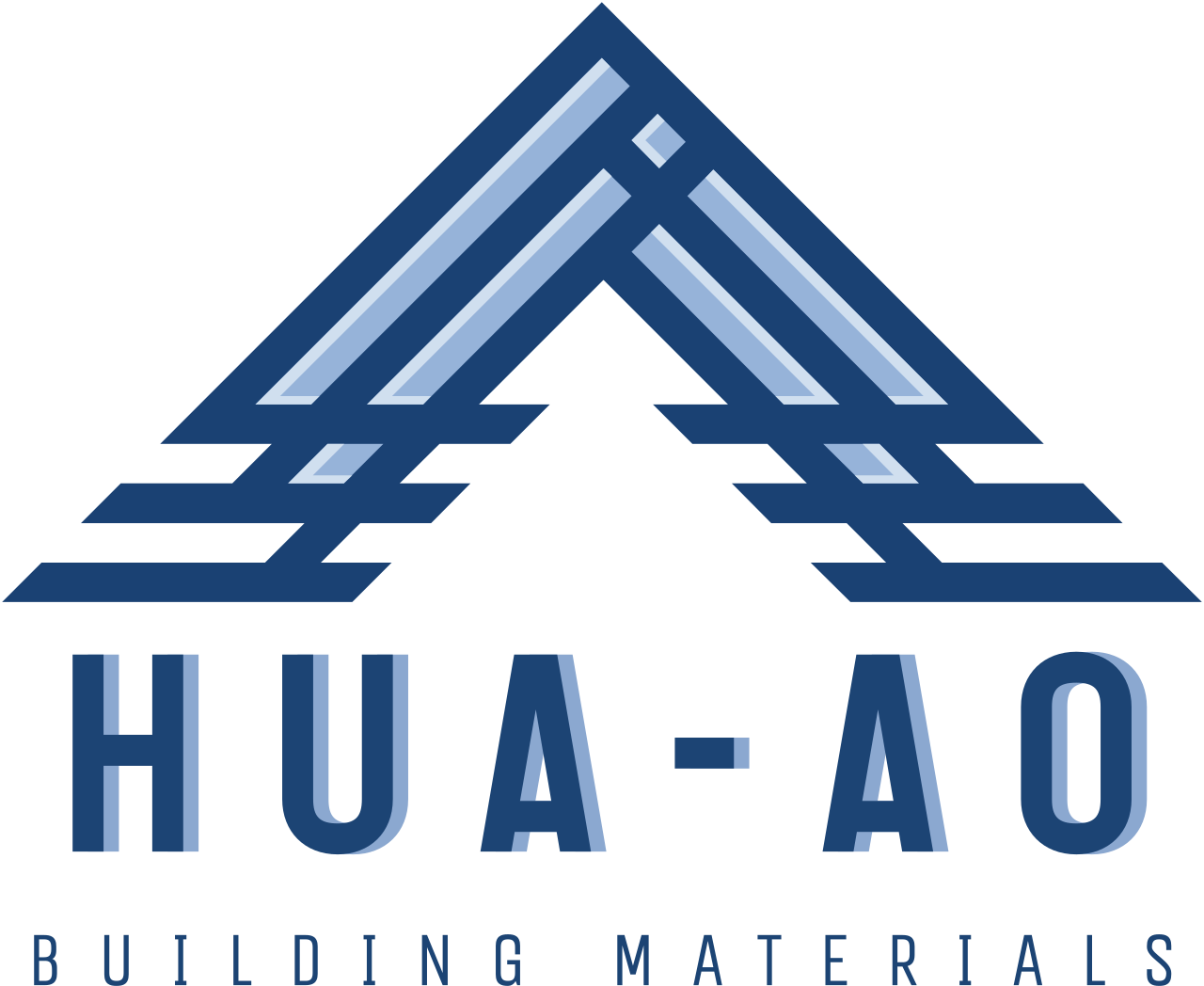
When choosing between fiberglass and polycarbonate for construction or roofing materials, it's essential to understand their differences and advantages in various applications.
Fiberglass is known for its excellent corrosion resistance and its ability to withstand extreme weather conditions, making it ideal for environments with high exposure to humidity or chemicals. Additionally, fiberglass is often more affordable and durable over the long term compared to polycarbonate. One of the significant benefits of fiberglass sheets is that the light they transmit can be diffused, providing a softer illumination. This makes it ideal for spaces where natural light is required, but without the glare or harsh reflections that can cause discomfort.
Polycarbonate, on the other hand, is favored for its high impact resistance and transparency. It is lightweight and can provide clearer visibility, which makes it suitable for applications that require maximum light transmission, like greenhouses or skylights. However, polycarbonate can become more expensive and may yellow over time when exposed to prolonged UV radiation unless treated with a UV protective layer.
In conclusion, if you are looking for a material with a softer light diffusion that is resistant to corrosion and suitable for long-term durability in challenging environments, fiberglass sheets may be the better option. On the other hand, polycarbonate is ideal for projects that prioritize impact resistance and maximum transparency. The choice will ultimately depend on the specific needs of the project and the environment in which the material will be used.












